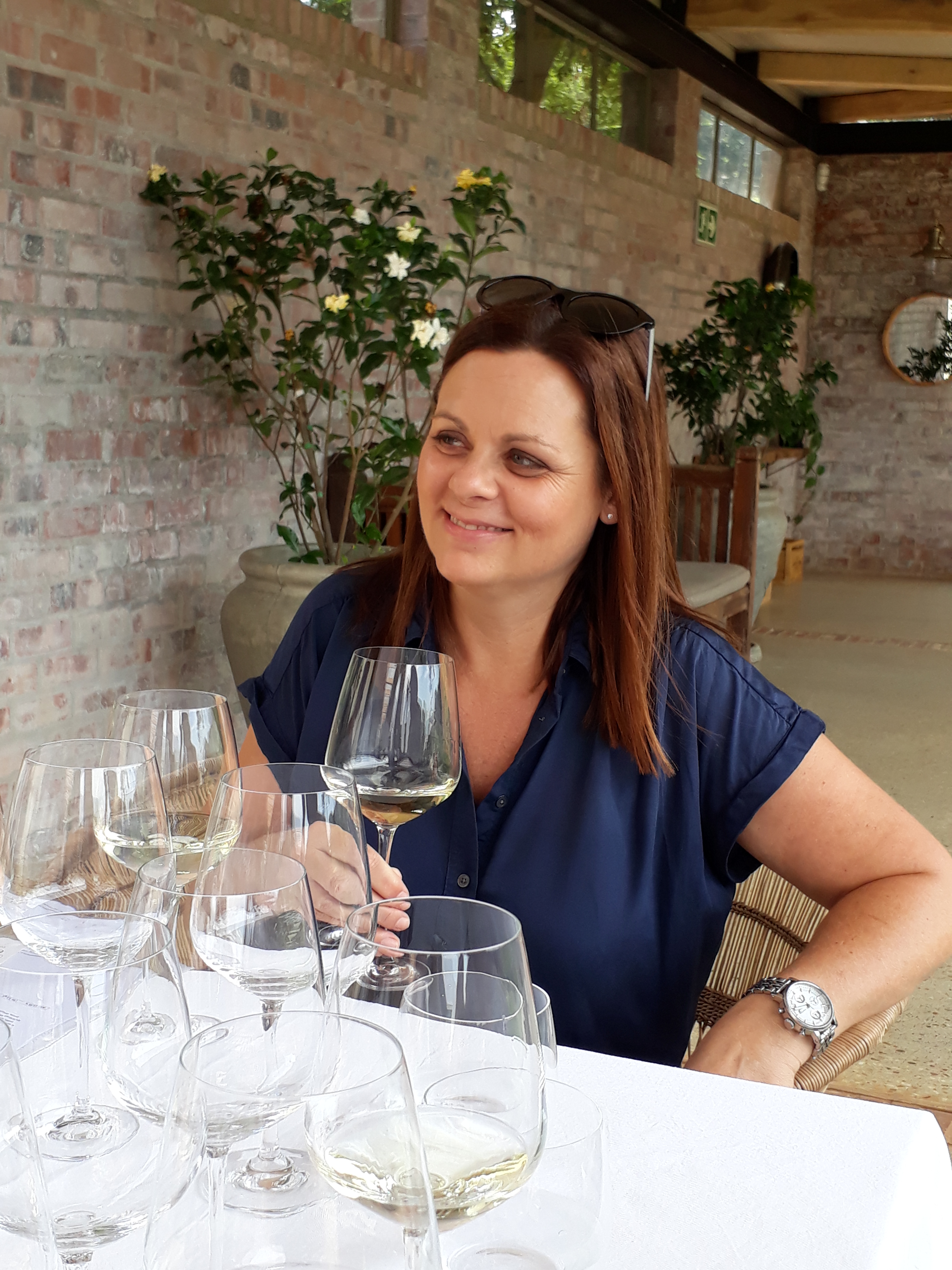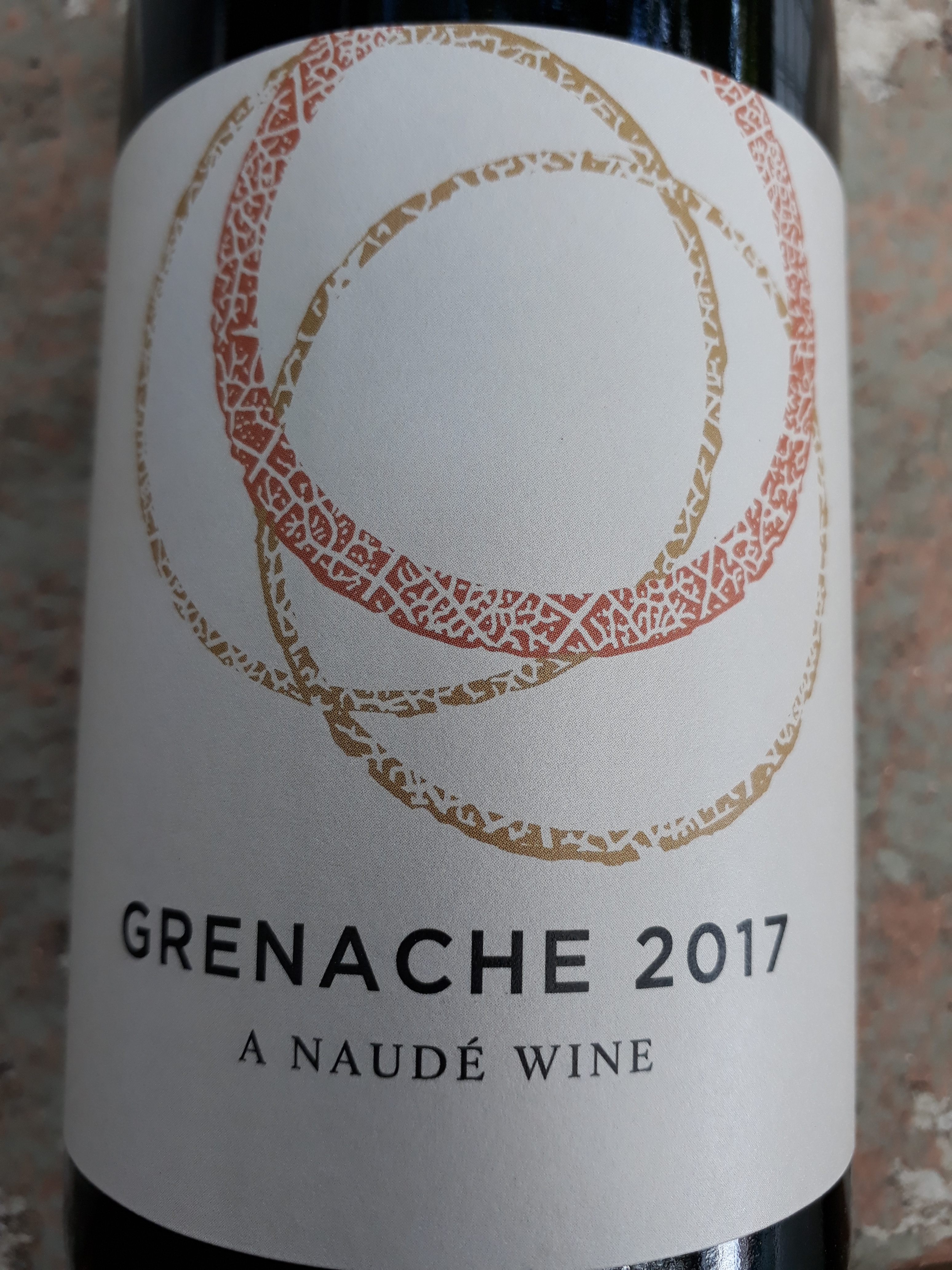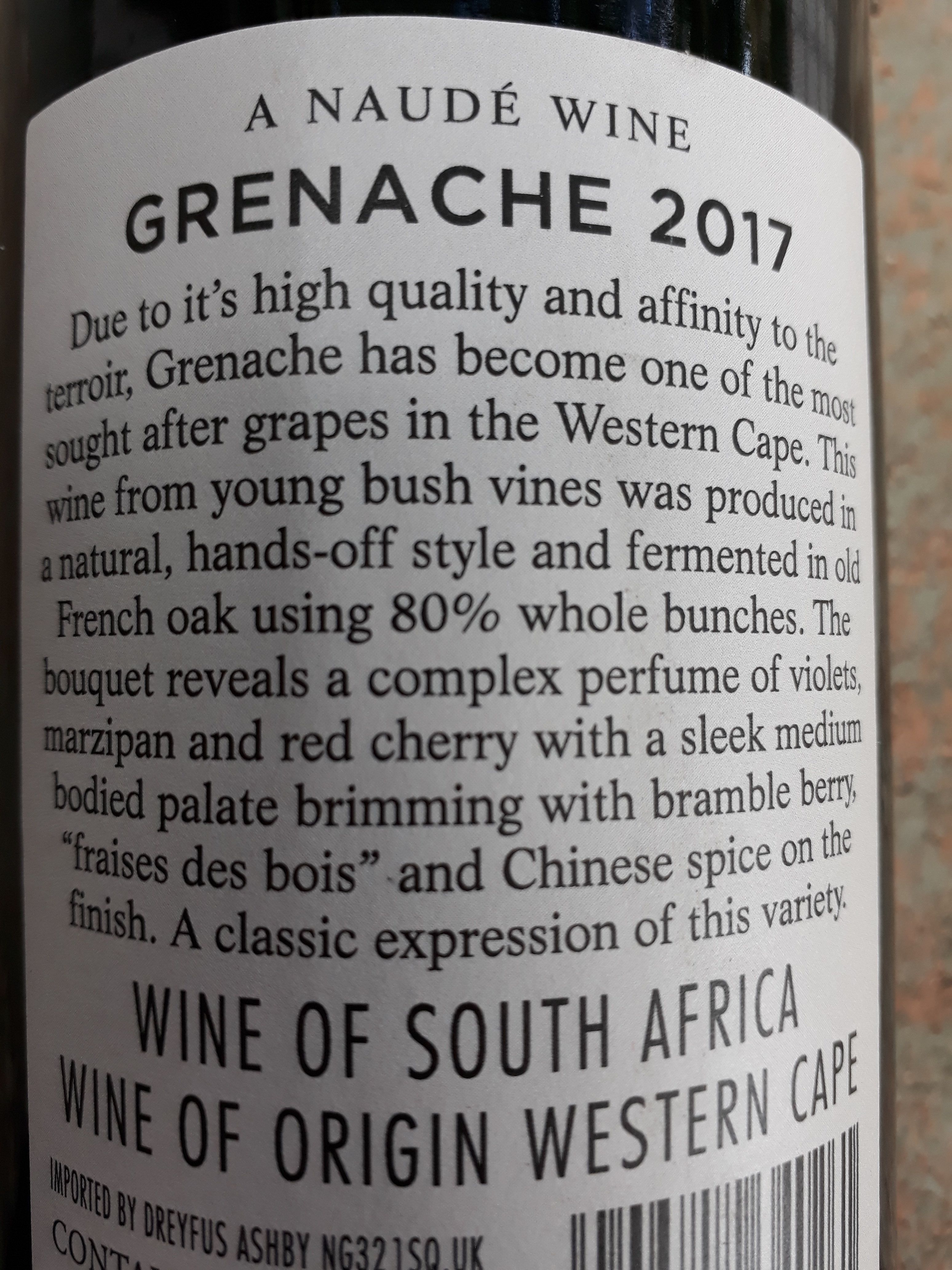Assaulting the senses
Erika Obermeyer was chuffed just to be invited... to the Platter Wine Guide launch in November last year. “Obviously, I had more than a sneaking suspicion that one of my wines had received 5 Stars!”
There was no clue that she was to be singled out by Editor Philip van Zyl as the inaugural Newcomer of the Year for 2019. “I honestly couldn’t believe it! It was the biggest and best thing that could have happened to me last year,” she said recently.

Erika Obermeyer photographed at De Zeven guest house in the Banhoek Valley outside Stellenbosch last week.
It was the crowning achievement of what has been a tough couple of years for Obermeyer, the former cellar chief at Graham Beck’s erstwhile Franschhoek operation until it was sold after Mr Beck’s death in July 2010. Her former stomping ground has subsequently become the showpiece Tera del Capo facility and dedicated Optima production cellar, both part of Anthonij Rupert Wines.
In the past three years Obermeyer has had to undergo two corneal transplants after her vision gradually deteriorated to 10% due to a pre-existing genetic condition. “It’s been really tough – and starting my own business and making wine has been extremely challenging.”
Obvious puns can be made about her vision and now beginning to see light at the end of the tunnel but it genuinely holds true. Not only is her sight improving but her wines are winning over fans – one of whom just bought 10 cases of each for shipment to the United Kingdom immediately after tasting them!
Very often as one physical sense is diminished, another becomes more acute – and Obermeyer concedes that the precision and expression of her wines might well be a result of her having to rely on her sense of smell and taste so heavily while making them.
Two of her five wines were awarded the Platter 5 Star “Full Monty” – the 2015 Cabernet Sauvignon and the intriguingly succulent, delicate and textured Syrah/Grenache/Cinsault 2016 while the 2017 Erika O Sauvignon Blanc which has a small portion of oak fermented and matured fruit was Highly Commended and given 94 points, missing out by a scant single point.
Her intent is to “create wines which authentically express South Africa’s unique vineyard sites adn exceptional diversity. I strive to capture a sense of place, whilst respectfully reflecting the intrinsic character of the fruit.”
That’s a mantra which two totally different winemakers also swear by – and both, like Obermeyer, believe in, firstly, terroir expression and secondly, the merits of Grenache in the South African milieu: David Sadie of David & Nadia Sadie and Ian Naudé, of Naudé Family Wines. Obermeyer’s Grenache component in her red blend is from the Voor Paardeberg, grown on granitic soils.
Those self same soils are where David Sadie’s Grenache is rooted while Naudé’s Grenache is also sourced in the Swartland. Sadie is a firm advocate of the individual expression of terroir in wines: it’s why he has three (soon to be four...) separate Chenins Blanc – all of which received Platter 5 Stars in the 2019 Guide, the David & Nadia 2017, Hoë Steen 2017 and Skaliekop 2017. Each expresses itself distincty because of its place.
“Grenache requires half the amount of water that Shiraz does,” Sadie said at a recent tasting. He is of the opinion that South Africa’s best Grenache has yet to be produced.

The 2017 vintage of Naudé Grenache. Swartland bushvine fruit, naturally fermented with a high proportion of whole bunches – hipster winemaking from an old hand!
One producer who is a contender for that title is Ian Naudé. The Stellenbosch vigneron is something of a veteran winemaker but is quick to agree that he is having the time of his life, mixing it up with the funky bearded hipster fraternity when he should be enjoy the twilight of his career! While still in harness at Dornier Wines in Stellenbosch in the early 2000’s, he and good friend of many years’ standing, Eben Sadie, rallied the troops in support of white blends, believing that this was a little niche where South Africa could show the rest of the world a clean pair of heels.
It’s taken more than a decade and he has subsequently moved on to paddle his own wine canoe but his white blend of Chenin Blanc, Sauvignon Blanc and Semillon is a great expression of terroir with between 15 and 18 vineyards represented in the bottle; from Elgin to Durbanville, Darling and Stellenbosch! And his faith and belief has been vindicated with many international critics in favour of the county’s inimitable white blends. “Nobody can copy us. What we can make with our grape mix, diverse soils and winemaking skills is utterly unique to South Africa.”
In the past year, Naudé’s Grenache has frequently been favourably compared with the fabled Chateau Rayas of Chateauneuf du Pape. American wine writer Jay McInerney is quoted as having said that Rayas is “one of the most profound expressions of the Grenache grape in the world”.

Frequently likened to the highly regarded Chateau Rayas by those in the know, Naudé Grenache 2017.
“I think South Africa has an opportunity to show how singular our Grenache is,” Naudé says. “Whenever I get those delicate rose petals and Turkish Delight notes on the nose, I know it’s my wine. It’s distinctive.”
Grenache, whether alone or part of a red blend such as Obermeyer’s, offers something different: a gentle sour cherry or strawberry flavour, backed by dry chalky tannin, spice in spades and although a “light” red which can be enjoyed at lunch time or with a bigger, more robust meal, it has bags of leashed power.
- Fiona McDonald